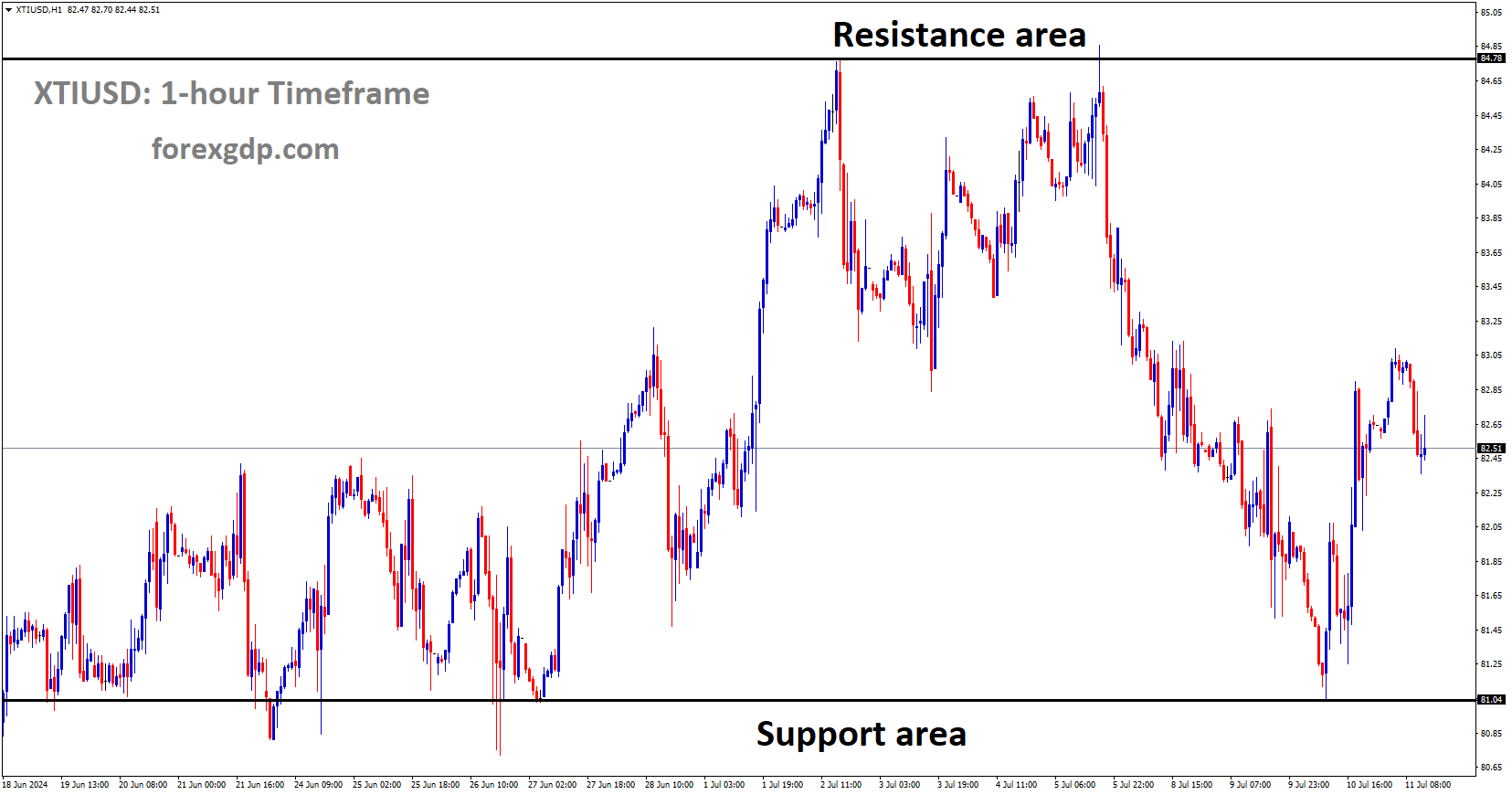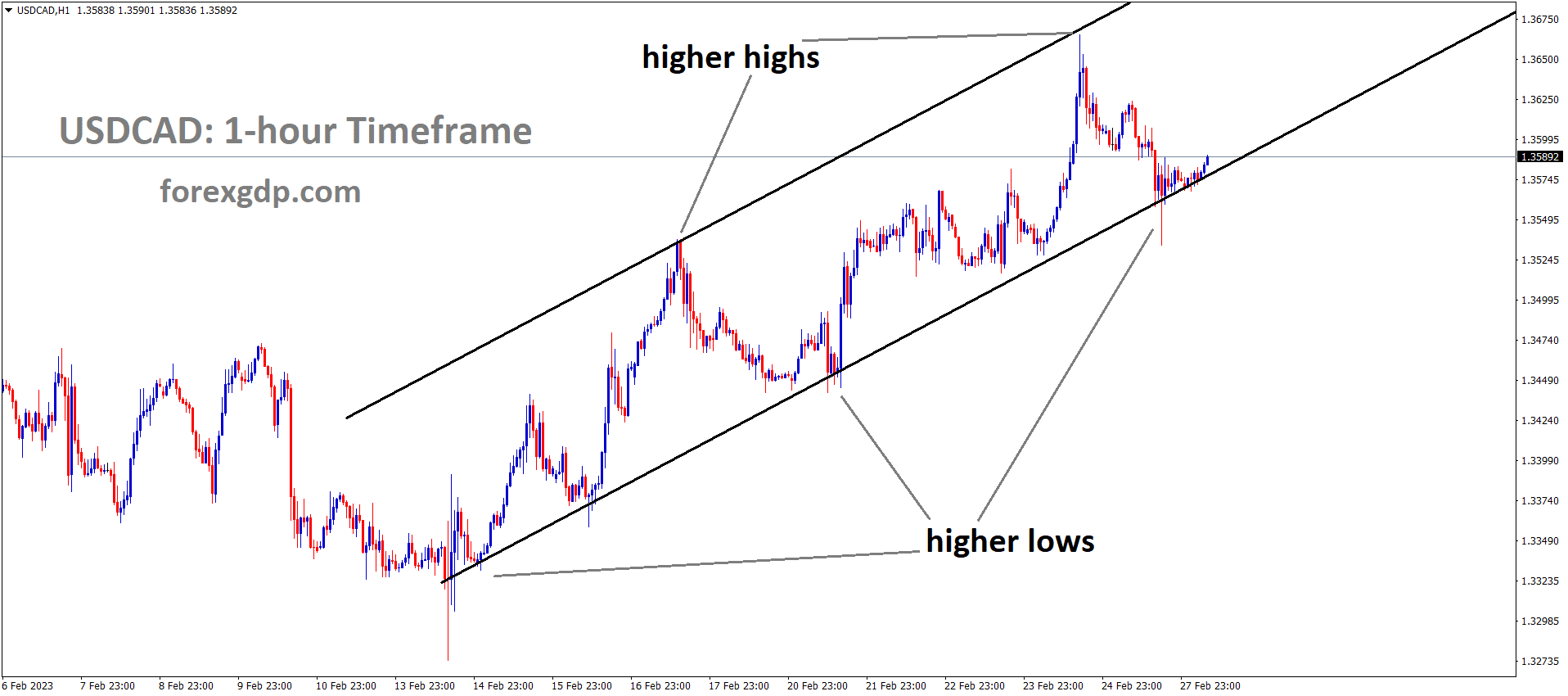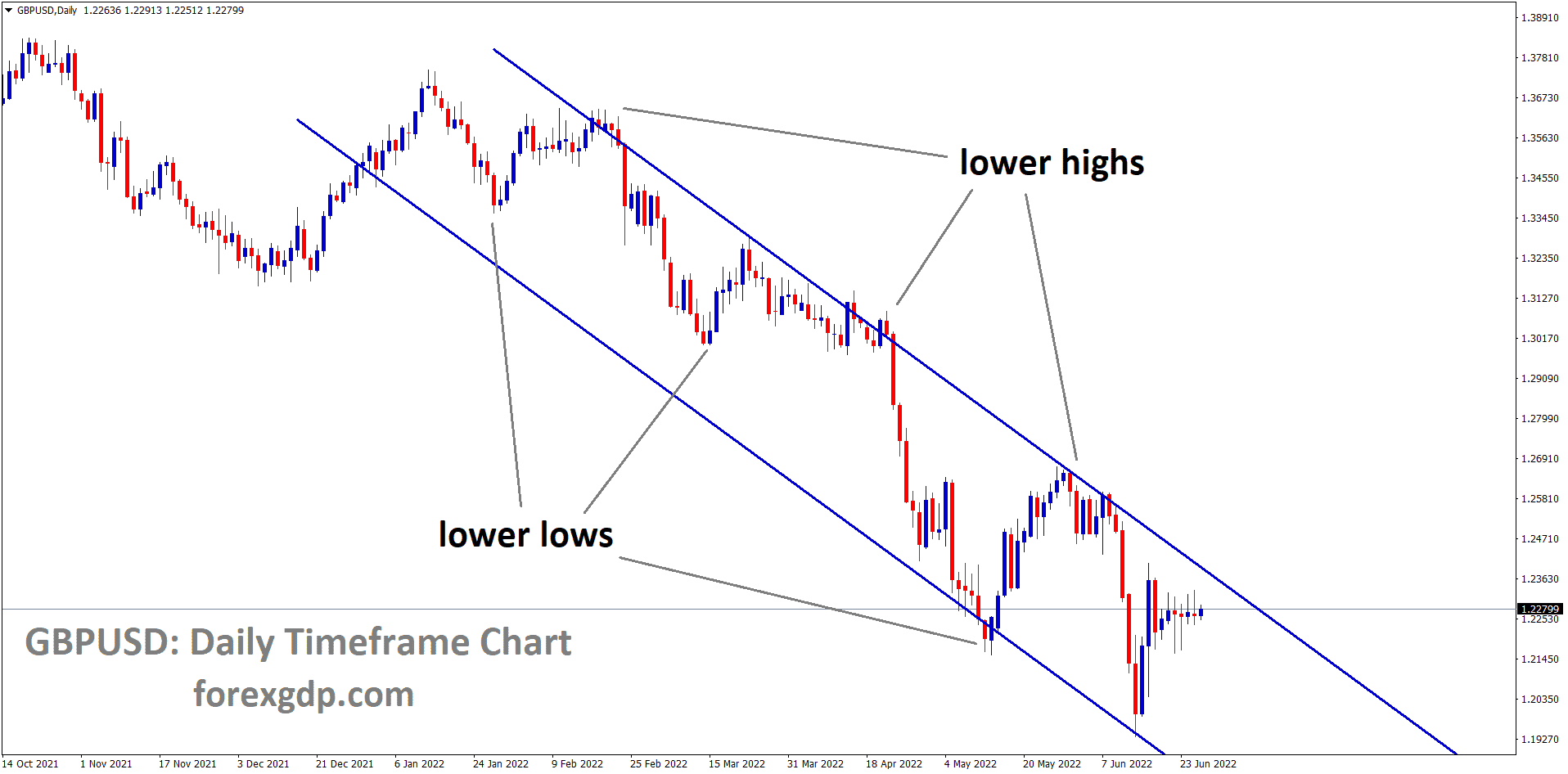XTIUSD is moving in Symmetrical Triangle and market has reached lower high area of the pattern
WTI Oil Prices Drop as IEA Predicts Slower Global Demand Growth
Crude oil, particularly West Texas Intermediate (WTI), has recently experienced significant price fluctuations. One of the main factors behind this is the International Energy Agency’s (IEA) latest forecast, which suggests that global oil demand growth will slow down in the coming years. Let’s dive into what this means for the oil market, why China’s role is changing, and how US crude oil inventories play into this scenario.
Global Oil Demand: A Slowing Trend
IEA’s Prediction on Oil Demand
The IEA’s recent report has caused quite a stir in the oil market. They predict that global oil demand growth will decelerate to just under a million barrels per day (bpd) in 2024 and 2025. This is a notable slowdown, especially considering the significant increases we’ve seen in the past.

In the second quarter of this year, global demand increased by 710,000 bpd compared to the same period last year. While this might sound like a lot, it’s actually the smallest quarterly rise in over a year. So, what’s causing this slowdown? A big part of it has to do with China.
China’s Changing Role in Global Oil Demand
From Dominance to Decline
China has long been a major player in the global oil market. Last year, the country accounted for a staggering 70% of global demand gains. However, the IEA expects this to drop to around 40% in 2024 and 2025. This shift is significant and has far-reaching implications for the oil market.
Economic Challenges in China
China’s reduced consumption is largely due to its ongoing economic challenges. The country has been facing a range of issues, from slowing economic growth to trade tensions and policy shifts. These factors have collectively led to a decrease in oil demand.
The fading dominance of China in the oil market means that other factors and regions will become more influential in determining global demand trends. This shift is something traders and analysts will be watching closely in the coming years.
US Crude Oil Stocks: A Surprising Drawdown
EIA Report on US Crude Inventories
While the IEA’s report has caused concerns about future demand, there’s been some support for oil prices from an unexpected quarter: US crude oil inventories. According to the Energy Information Administration (EIA), US crude oil stocks declined by 3.443 million barrels for the week ending July 5. This was a larger drawdown than the expected decrease of 3.0 million barrels.
Implications of the Drawdown
This significant reduction in US crude stocks has provided some temporary relief for oil prices. It suggests that demand for oil in the US, the world’s largest oil consumer, remains relatively strong, at least for now. However, it’s important to keep in mind that inventory levels can be influenced by a variety of factors, including seasonal changes, refinery operations, and import/export dynamics.
XTIUSD is moving in box pattern and market has rebounded from the support area of the pattern
Looking Ahead: Factors to Watch
US Consumer Price Index (CPI) Data
Traders are eagerly awaiting the release of the US Consumer Price Index (CPI) data for June. This data, set to be released on Thursday, will provide insights into the Federal Reserve’s (Fed) monetary policy direction. Higher interest rates can impact the US economy and, by extension, crude oil demand. If the Fed decides to increase rates, it could put additional pressure on oil prices.
Global Economic Conditions
Beyond the US, global economic conditions will continue to play a crucial role in shaping oil demand. Economic performance in major economies like the Eurozone, Japan, and emerging markets will be key indicators to watch. Any significant economic slowdowns or recoveries in these regions will have direct implications for oil consumption.
Summary
The recent decline in WTI oil prices highlights the complex interplay of factors influencing the global oil market. The IEA’s forecast of slower demand growth in 2024 and 2025, coupled with China’s reduced consumption, has raised concerns about future market trends. On the other hand, the larger-than-expected drawdown in US crude oil inventories has provided some short-term support for prices.
As we move forward, it will be crucial to keep an eye on key economic indicators, such as the US CPI data and global economic performance, to better understand the direction in which the oil market is headed. While the landscape is certainly challenging, staying informed and adaptable will be essential for navigating the fluctuations and opportunities that lie ahead.
Don’t trade all the time, trade forex only at the confirmed trade setups
Get more confirmed trade signals at premium or supreme – Click here to get more signals , 2200%, 800% growth in Real Live USD trading account of our users – click here to see , or If you want to get FREE Trial signals, You can Join FREE Signals Now!







